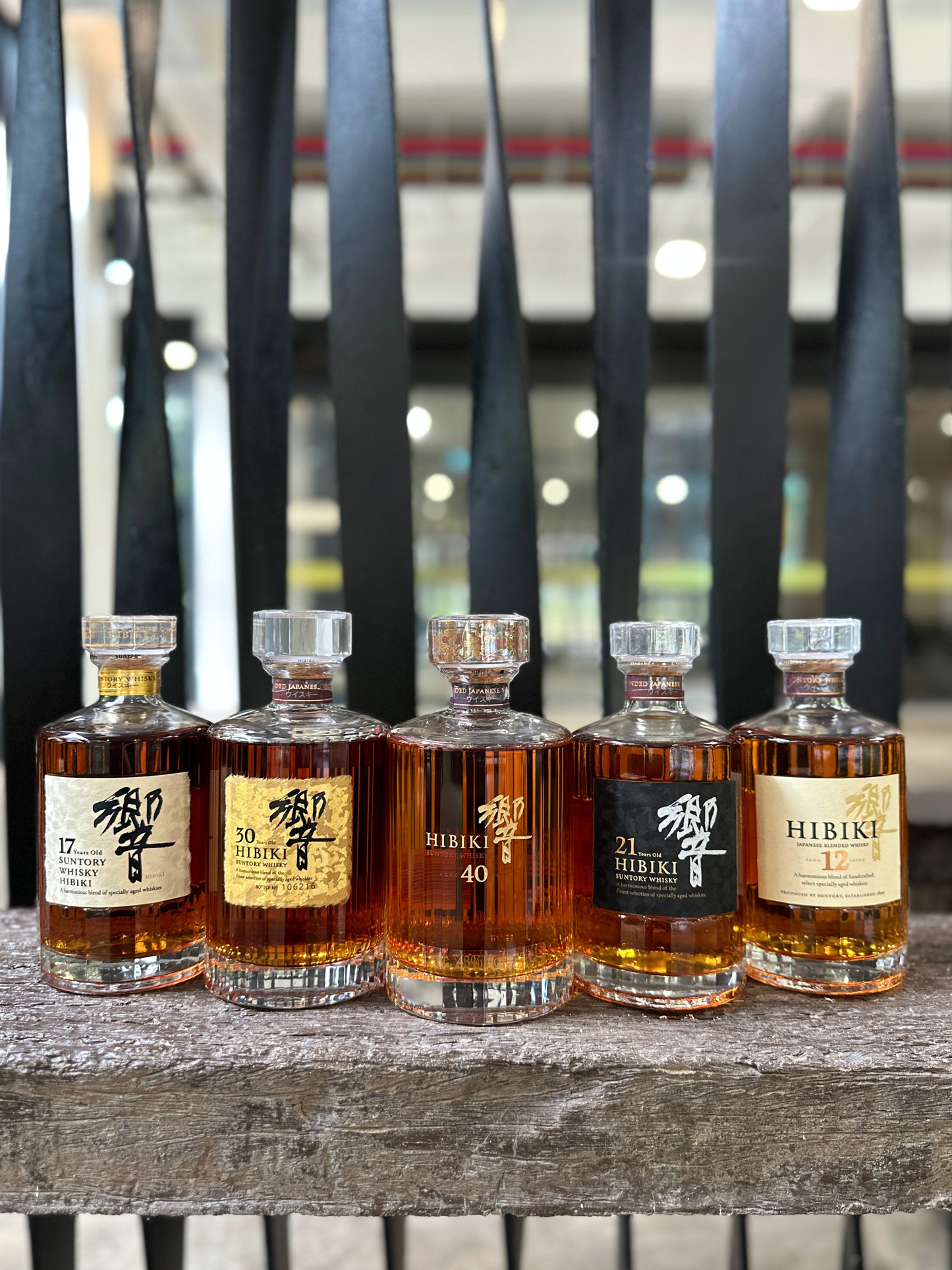
Exploring Mizunara: The Japanese Oak
In the world of Japanese whisky, Mizunara oak stands out for its unique story and exceptional flavor. This special oak became a key player during the last phase of World War II. The absence of oil, food, medicines, and other critical supplies overshadowed the more trivial lack of barrels needed for whisky maturation. With no access to European or American oak, Japanese whisky makers turned to their native Mizunara oak, traditionally used for crafting high-end furniture.
Mizunara Oak: Water Oak
The term "mizunara" translates to "water oak," reflecting the wood's high moisture content. Japanese coopers soon realized that their native oak presented far greater challenges than its European and American counterparts. Mizunara's porous nature, due to fewer tyloses blocking the radial pores, made it prone to leaks. To mitigate this, mizunara staves are cut thicker. Additionally, the wood is knottier and grows less straight, further complicating the coopering process.
Mizunara trees must be at least 200 years old to be suitable for cask production, a testament to the patience and craftsmanship required. Initially, mizunara imparted a harsh, astringent woodiness to whisky, leading blenders to view it as a poor substitute for American and European oak. They found its aromas and flavors too dominant and unrefined. However, what they didn't realize was that mizunara needed time to develop its unique character.
The Maturation
According to former Suntory chief blender Seiichi Koshimizu, mizunara reaches its maturation peak around the 20-year mark. Over time, the wood imparts distinctive notes of sandalwood, incense reminiscent of Japanese temples, and coconut to the whisky. These aromas are now highly prized, thanks to Suntory's pioneering efforts in mizunara maturation. Today, mizunara is a key component in several high-end blended whiskies and select single malt expressions.
They produce about 150 mizunara casks annually, a small quantity given its high cost and rarity. Other Japanese whisky makers use mizunara even more sparingly. A single mizunara cask from an independent cooperage in Japan can cost around $5,000, and availability is extremely limited.
Global Fascination
The unique aromas and flavors imparted by mizunara, along with its exclusivity, have intrigued whisky makers worldwide. In October 2013, Pernod Ricard introduced Chivas Regal Mizunara for the Japanese market, featuring a blend partially finished in mizunara casks. Though the mizunara influence is subtle, the move signaled a growing interest in this Japanese oak. In 2015, Beam Suntory launched Bowmore Mizunara, the first Scotch single malt partially matured in mizunara casks, with a secondary maturation period of three years. Detecting mizunara's subtle nuances in these whiskies may require a highly discerning palate.
Conclusion
Mizunara's journey from wartime necessity to a symbol of luxury and refinement illustrates the dynamic nature of whisky production. Its challenging characteristics, long maturation period, and distinctive aromas have elevated it to an esteemed place in the whisky world. As Suntory and other innovators continue to explore mizunara's potential, this unique Japanese oak remains a testament to the artistry and dedication inherent in whisky making.
Here are some Japanese whiskies matured in mizunara casks:
1) Yamazaki Mizunara 18 years old
2) Hibiki 17 years old
3) Hibiki 21 years old 100th Anniversary (Mizunara)
You can read more about our previous blog post on Hibiki Blossom Harmony 2024.
Signing off,
Sin Hai
Owner of Japanwhisky, a Japanese Whisky Enthusiast



